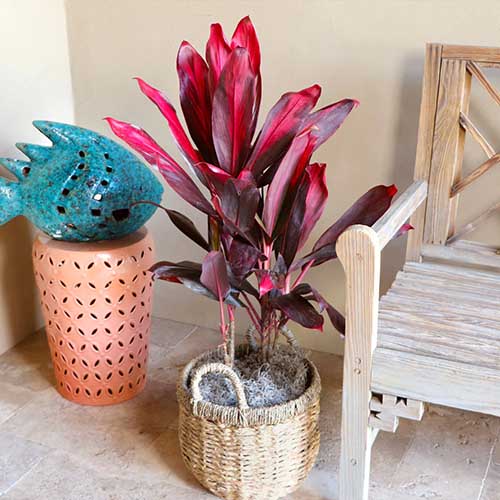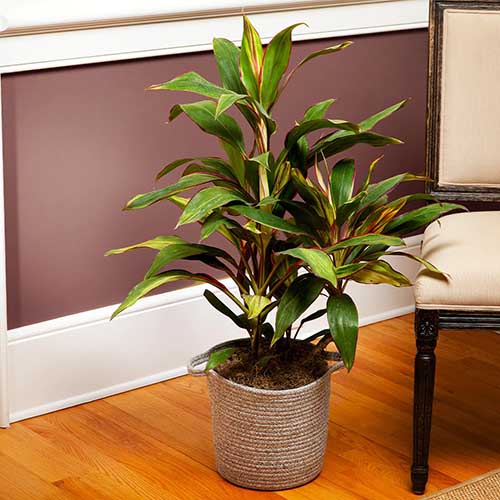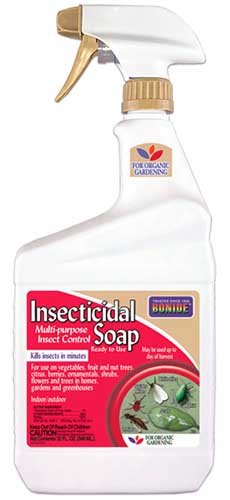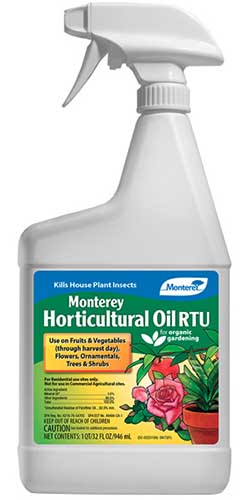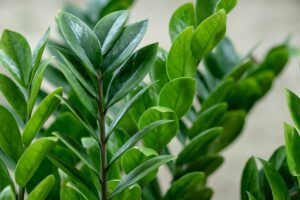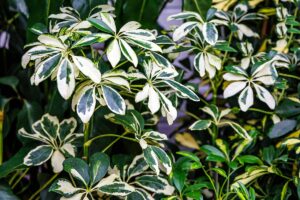Cordyline fruticosa
In my 24-plus years on Earth, I’ve found that it’s difficult to feel bummed out in a tropical paradise.
If you’re trying to bring a taste of the tropics into your home and lighten the mood, why not grow a Hawaiian ti plant? Pull back the shades, put on some Jimmy Buffett, and it’ll almost feel like you’re at the beach!
Beams of sunlight and “Margaritaville” aside, an indoor space with a Cordyline fruticosa or two can be really inviting.
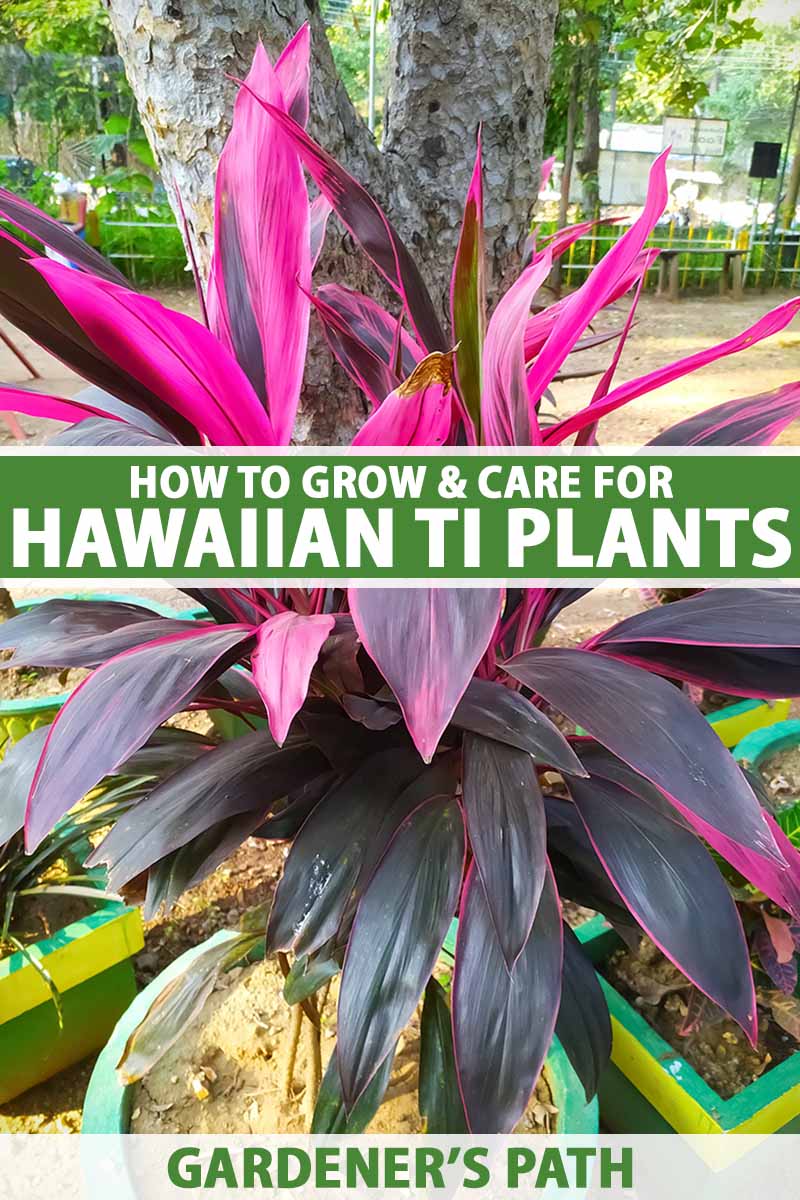
We link to vendors to help you find relevant products. If you buy from one of our links, we may earn a commission.
With lush, colorful leaves and an eye-catching size, a Hawaiian ti plant makes for a delightful addition to almost any room.
But keeping a Hawaiian ti plant healthy and happy indoors requires that you cater to its physiological needs so that it feels like it’s in the tropics… and that can be tough if you don’t know how.
That’s why we’ve whipped up this guide: to give you that necessary know-how. After reading it, you’ll be able to keep your Hawaiian-themed hangouts looking quite on-brand.
Here’s what we’ll cover:
What You’ll Learn
What Are Hawaiian Ti Plants?
Hawaiian ti plants – aka Cordyline fruticosa, or simply ti plants – are broadleaf evergreen perennials which hail from tropical regions of maritime Southeast Asia, north Australia, and west Oceania.
It’s hard to know exactly where they originated and where they were introduced early on, but they’re currently found in Central and South America, and most of Oceania.
Formerly classified as a member of the Dracaena genus, ti plants are hardy in USDA Zones 10 to 12.
Hawaiian ti reach heights of up to 10 feet and spread up to five feet when grown outdoors. But they’ll often top out at around half of that size when grown as houseplants.

C. fruticosa flaunts spiral arrangements of thin, lance-shaped leaves, each about one to two feet long, four inches wide, and set on a two- to six-inch petiole.
In the standard species, the color starts off purple to red and can later mature to a deep green.
As the plant ages, the lower leaves yellow and drop from the central stem, leaving rings of leaf scars that turn woody over time.
In spring to summer, Hawaiian ti plants send up panicles of small, star-shaped flowers in white, pale yellow, pink, or light purple colors. Indoor flowering is rare, and it typically won’t happen without ample sunlight and fertilization.
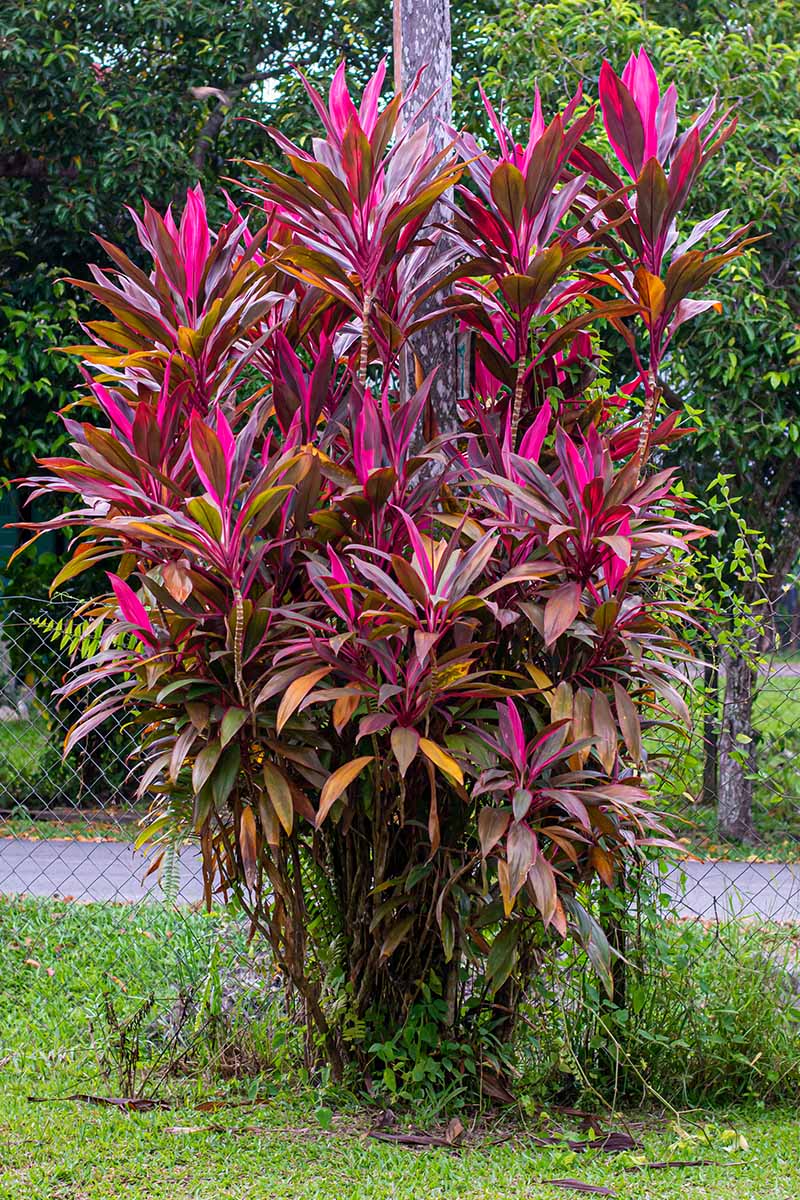
If the flowers are pollinated – again, not very likely when grown as houseplants – they’ll give way to small berries of a green, yellow, or red hue. Below the soil line grow thick, rhizomatous root systems.
The entire Hawaiian ti plant contains toxic saponins which can cause hypersalivation, bloody vomit and stools, depression, and anorexia if consumed by household pets such as cats and dogs.
If they consume large quantities, it should be treated as a life-threatening emergency that requires swift medical care and/or poison control.
If you’re human, then I wouldn’t go eating a raw C. fruticosa houseplant, either. Although historically, the roots have been steamed, fermented, or boiled to make them edible.
Speaking of history…
Cultivation and History
Despite how awesome it looks, the Hawaiian ti plant is more than just a pretty face. Maybe not the best idiom for discussing something that’s faceless, but you get my drift.
Nowhere is this more evident than in Polynesia. Early Polynesians believed that C. fruticosa had god-like powers.
Its leaves were worn around the neck, waist and ankles as well as hung around dwellings to ward off evil, living ti plants were cultivated for good luck – earning them the nickname “good luck plant” – and the form of C. fruticosa was imitated in feathered kähili standards, which were displays of royalty.
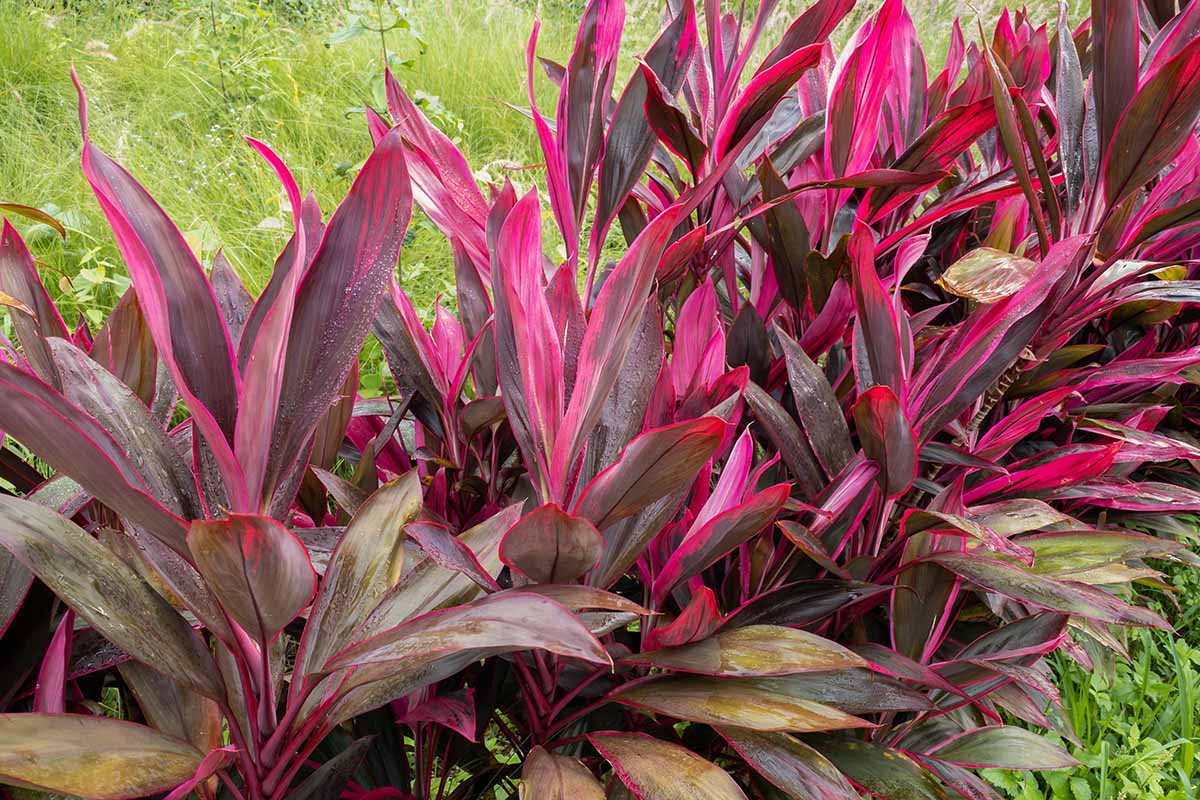
Ti plants became even more significant once they were introduced into Hawaii.
There, the plants became known as “Ki,” and they were revered as sacred flora of the deities Lono and Laka.
Along with the above beliefs and uses, the leaves were placed in waters to test for sharks or supernatural creatures: a floating leaf signaled safety, while one that sank was an omen of danger.
Hawaiians also use ti roots to make beer, brandy, and laxatives, and consume them straight-up as sweet treats after preparation.
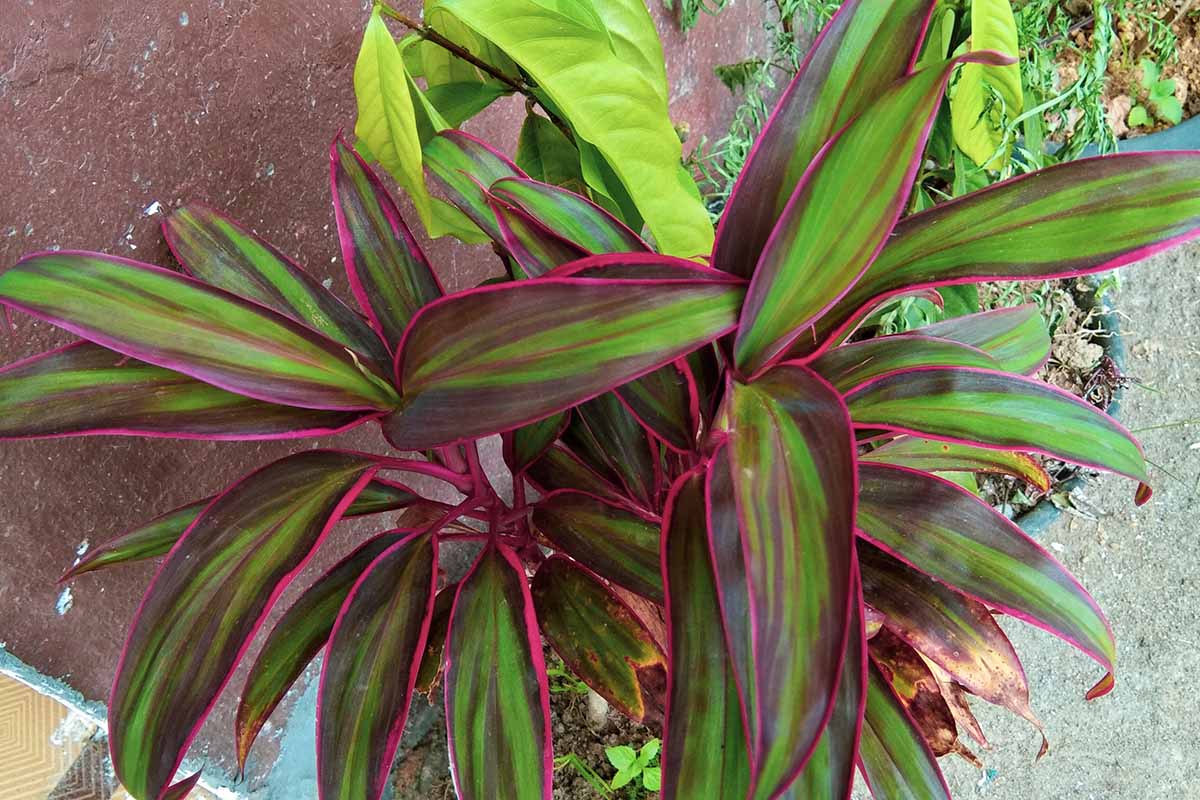
A ton of old-school applications are still in use in Hawaii today. The leaves are used in constructing rain gear, sandals, fishnets, sleds, hula dance outfits, luau decorations, and roofs.
They can also be used as feed for cattle and horses, be wrapped around foods prior to steaming, and even compliment entrees as an inedible garnish.
Many Hawaiian ti varieties are cultivated specifically for their cut foliage, which is used by florists in beautiful arrangements. Plus, the living specimens make wonderful plantings for indoor decor or outdoor landscapes.
Hawaiian Ti Plant Propagation
There are many different ways to propagate a Hawaiian ti plant. For indoor growers, you can take cane cuttings, use air layering, or transplant a purchased container plant.
Division and sowing from seed are other effective means of propagation, but those are best left for gardeners who grow their C. fruticosa specimens outside, since indoor plants stay more compact and don’t flower as easily, much less set fruit.
For a more in-depth breakdown on how to sow seeds or divide, check out our guide to growing ti plants outdoors.
From Cane Cuttings
To take cane cuttings, you’ll need to find a mature ti plant, whether it’s your own or a friend’s. If it’s the latter, make sure to ask for their permission first. If someone hacked up my ti plant without asking, then they’d have made an enemy for life!
If you observe the ti plant’s structure above the soil line, you’ll notice that the top portion will have the leaves, petioles, and soft central stem, while the portion below that will be a mature, woody stem.
Using a sharp and sterile pair of hand pruners, make your first cut at least three inches below the point where the tender growth becomes mature wood. Remove the lowermost quarter of basal leaves to compensate for the lack of stem tissue, and you’ve got your first cutting.
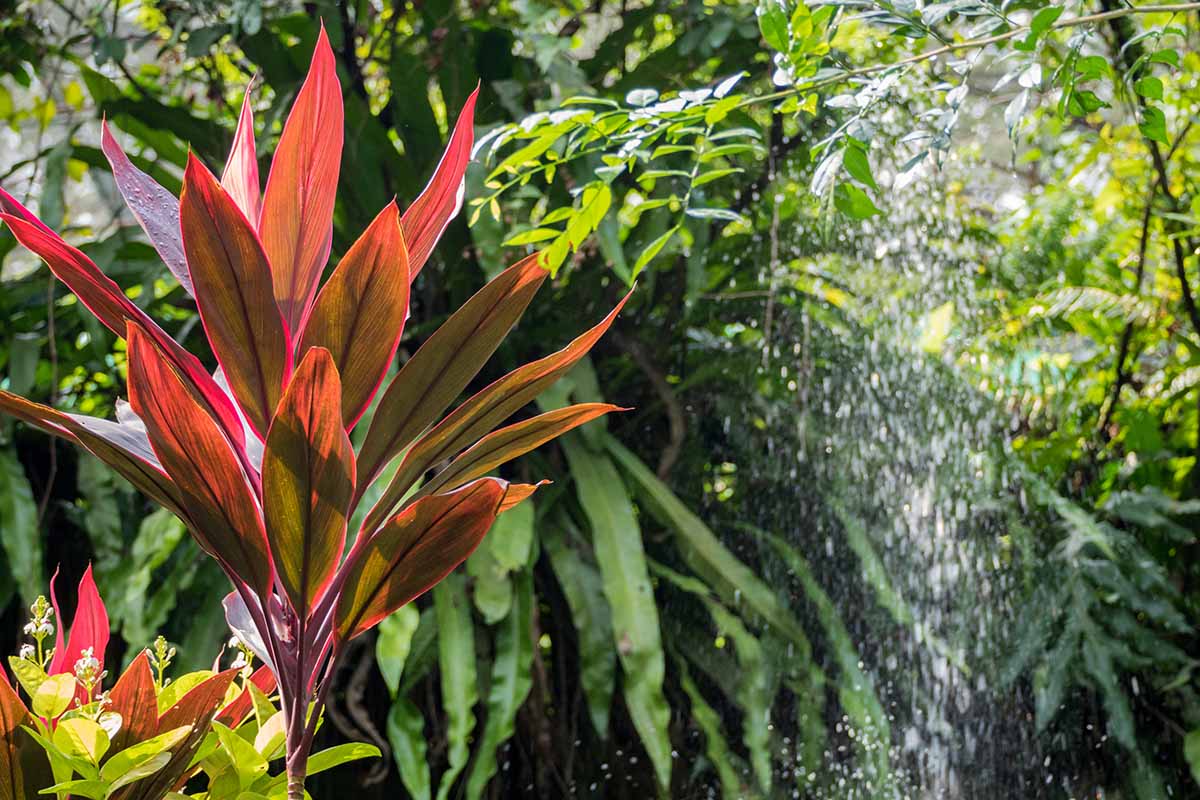
If you return your attention to the original ti plant, now you should have a thin, woody stem sticking up from the soil line. To take more cuttings, you can remove three-inch stem cuttings until the original stem is three inches tall.
So now, you should have at least one cutting with the leaves still attached, and perhaps a number of three-inch stem sections. I know that taking cuttings from a C. fruticosa may seem a bit more drastic than what you’d do for other plants, but trust me – it’ll bounce back!
Stick the leafy cutting in a four- to six-inch container filled with a 50:50 mix of sphagnum peat moss and vermiculite, making sure to submerge the lower three quarters of the stripped stem, and moisten the media.
Scraping your pruner blades along the stem beforehand to lightly damage it can help speed up rooting, although it’s not necessary.

Your stem-only cuttings should go in four- to six-inch containers filled with a similar media.
Submerge three quarters of the stem section underneath the soil line, making sure it is the right way up, and moisten the media. Just like before, feel free to lightly damage the outer surface of the stem to promote faster rooting.
Now that you have all your cuttings potted up and watered in, set them somewhere indoors where they will receive bright, indirect light with temperatures of 65 to 95°F.
Make sure to keep the soil moist, but not wet, and mist the air around the cuttings with a water-filled spray bottle two to three times a day until rooting occurs, which should take two to four weeks.
At this point, supplementary water vapor is only necessary if the ambient humidity is less than 40 percent.
Repot as needed to provide the roots with an inch or two of elbow room, and you’ll have yourself an established houseplant after a month or two!
Air Layering
Normal layering won’t work for a ti plant as its stem is stiff and unbendable, but air layering is the perfect technique to try.
Take a healthy and mature indoor Hawaiian ti plant, and observe the top three inches of the woody tissue. Take the bottom two inches of that section, and remove the outermost tissue from all around the stem with a sharp, sterile blade.
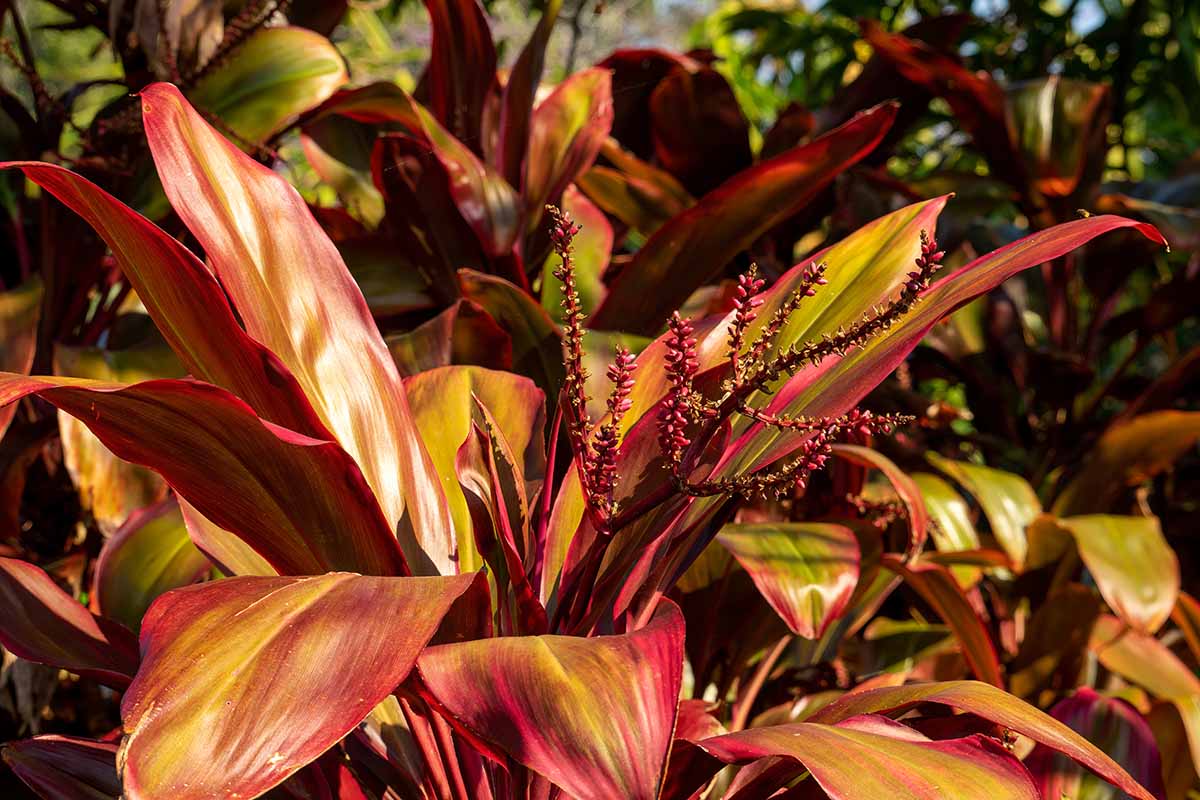
You should now be left with a two-inch-long ring of stripped stem underneath a single inch of undisturbed woody tissue.
Take some moist sphagnum peat moss, clump it around the exposed stem, then wrap it up with some clear plastic wrap. Tie the ends so it all stays tight, and thus begins the waiting game.
Keep the peat moist with a skinny watering can nozzle or syringe, and roots should form in two months or so.
You can check for root growth by moving the peat moss aside as necessary.
Gently unwrap the roots and snip your air layer away from the stem tissue below. Now you’re ready to transplant!
Transplanting
Whether you have a cutting that needs repotting, an air-layered propagule that needs a permanent home, a potted Hawaiian ti plant that you’ve purchased, or you simply want a snazzy container upgrade, transplanting is the move.
Fill a container an inch shy of the lip with a 50:50 mix of peat moss and vermiculite. If you’d prefer it, coconut coir is a suitable alternative to peat.
Make sure that the bottom of the container has drainage holes and that its diameter is a couple of inches wider than the transplant’s root system.

Prepare a hole that’s large enough for the transplant’s root system, lower the ti plant in so that its crown is level with the soil line, backfill the hole with soil, and water it all in so that the media is nice and moist. Presto, ya done transplanted!
For extra credit, place a saucer underneath the plant so that any water seepage doesn’t damage your flooring.
How to Grow Hawaiian Ti Plants
For a tropical specimen like C. fruticosa, it’s extremely important to provide suitable conditions to keep it happy and healthy. Let’s discuss how!
Climate and Exposure Needs
As tropical flora suitable for USDA Hardiness Zones 10 to 12, Hawaiian ti plants thrive in hot, humid conditions.
Indoor growers should provide a temperature somewhere between 65 and 95°F, and a humidity of 40 to 60 percent. Thermostats, space heaters, grouping plants, humidifiers, and misting are all effective means of modifying temperature and humidity.
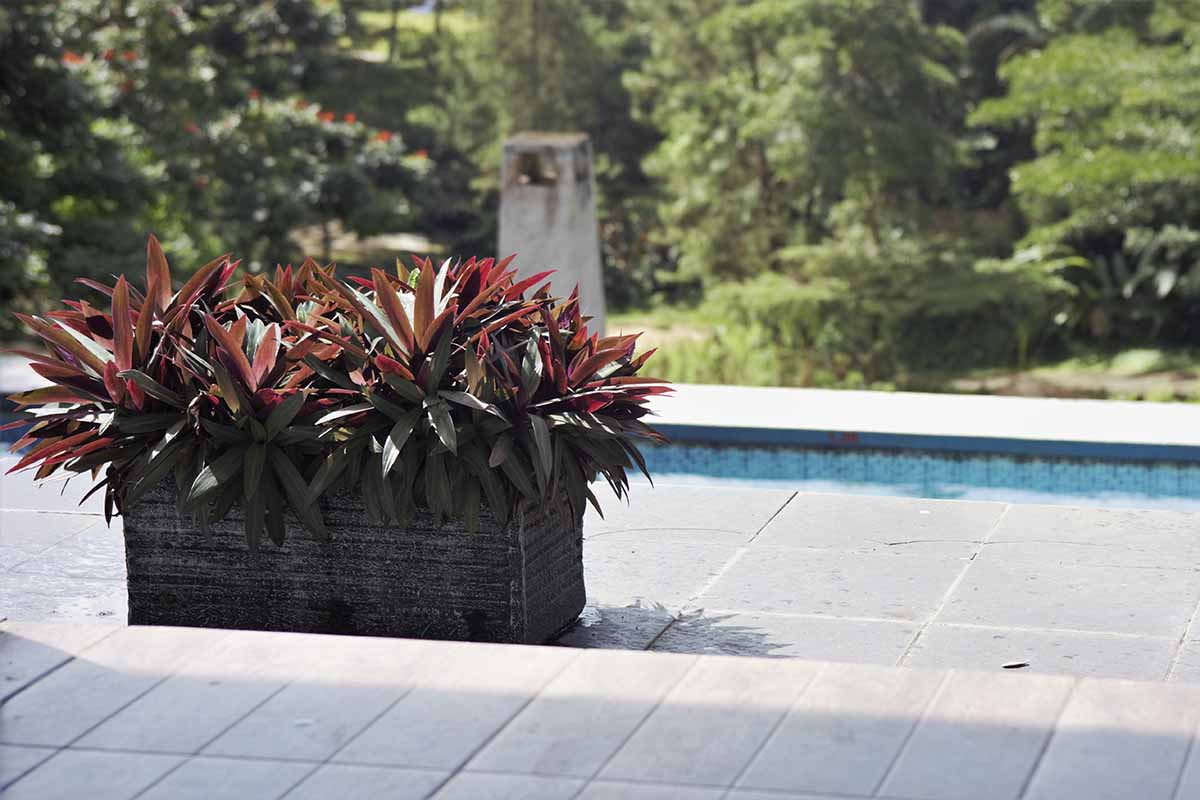
Cold and drafty areas will make the above much harder, so be sure to only “keep it breezy” in the metaphorical sense.
Bright, indirect light will help your ti plants to flaunt those oh-so-vibrant colors. They can definitely manage with a little less light, but it’s not optimal.
Soil Needs
A well-draining, yet moisture-retentive mix is essential, along with a pH of 5.5 to 6.5. To meet these needs, an evenly-balanced blend of sphagnum peat moss and vermiculite is perfect.
You want a soil mix that’s premade, fit for ti plants, and ready-to-go right out of the bag?

Miracle Gro Tropical Potting Mix
Try this mix that’s perfect for tropical plants, available from Miracle Gro via Amazon.
Water and Fertilizer Needs
Irrigation-wise, optimal means keeping the media consistently moist without letting it turn soggy.
To pull this off, water whenever the top inch of media feels dry to the touch. During the winter months, your watering frequency will naturally go down as your ti plant’s rate of transpiration decreases.

Ti plants are especially sensitive to fluoride, so distilled or deionized water sources would be ideal.
You could also utilize natural sources such as rainwater, snow melt, and even the water that collects in dehumidifiers.
To provide the necessary nutrition, apply a 20-10-20 NPK fertilizer once a month throughout the growing season according to the product’s instructions.

If you need a recommendation, try Jack’s Classic 20-10-20 Citrus Food Fertilizer, available as a powder in one-and-a-half-pound tubs via Amazon.
Growing Tips
- A temperature range of 65 to 95°F works best.
- Ensure the growing medium is water retentive and well-draining.
- Water whenever the top inch of soil dries out.
Pruning and Maintenance
As a Hawaiian ti plant grows and matures, its lower leaves may turn yellow or brown. Prune these off where they meet the stem as you see them, along with any other dead, diseased, or damaged leaves.
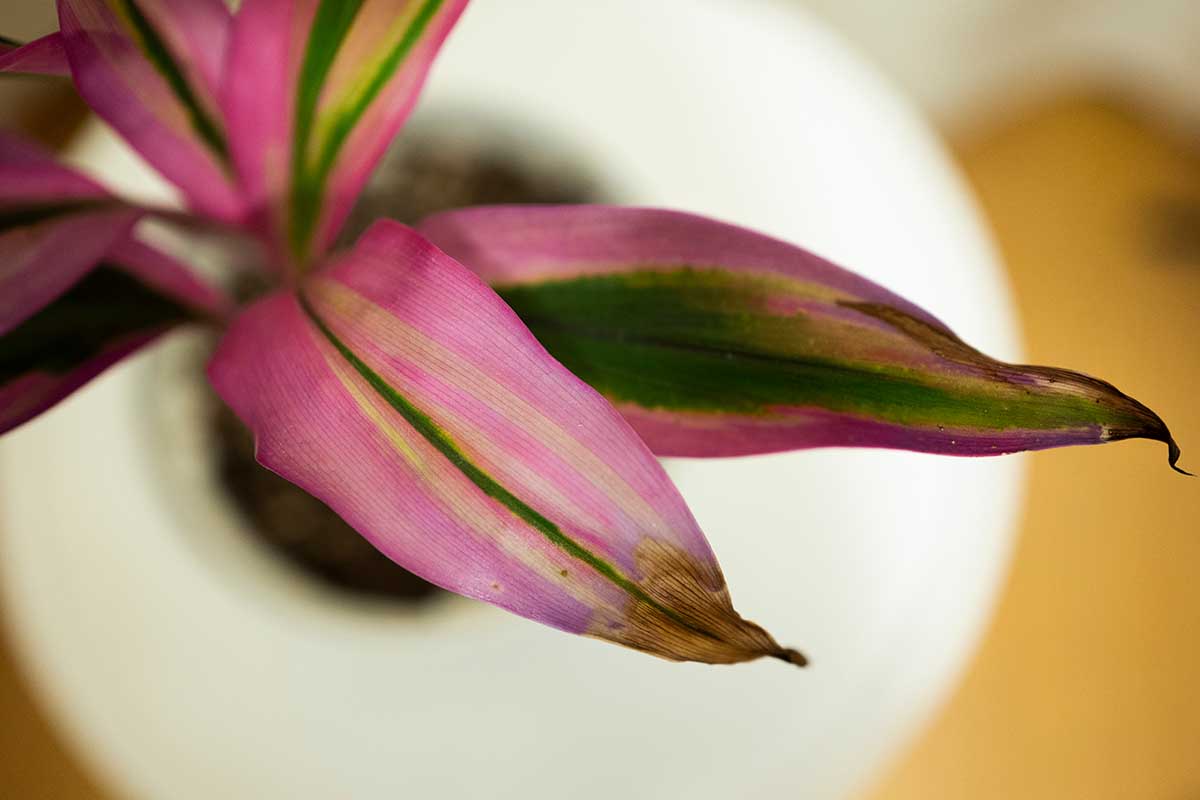
Pruning can also be used to control a specimen’s size. Cut it down to a height of six inches and you’ll rejuvenate it, as well as cause it to grow leaves lower down on the stem.
Be sure to empty any drainage-collecting saucers if they take on water faster than it evaporates. And don’t forget to repot as necessary! A cramped root system is very much no bueno.
Hawaiian Ti Plant Cultivars to Select
The colorful leaves of C. fruticosa are its best feature, no doubt. And with a plethora of cultivars to choose from, you can grow one in all sorts of hues.
But don’t get me wrong: the standard species is plenty pretty, and can be purchased in a three-gallon container from Brighter Blooms at Home Depot.
Now, if you’d allow me to harp on my three favorite varieties…
Black Mystique
I know this gardening hobby is supposed to be all bright and cheery, but there’s nothing wrong with going a bit emo every now and then.
Growing three to five feet wide and four to eight feet tall, ‘Black Mystique’ flaunts beautiful, purple-black foliage that can really stand out when placed near your standard green-leaved houseplants.
Candy Cane
Reaching a similar size as the standard species, this variety stands out with its uniquely tricolored foliage.
Lush with green leaves that are streaked with light pink and cream, ‘Candy Cane’ certainly lives up to its sweet name.
Florica
Love colors that straddle the line between bright and dark?
Then you’ll want to grow ‘Florica,’ a cultivar that grows up to six feet tall and eight feet wide while bearing reddish-purple to reddish-pink leaves.
For a ‘Florica’ specimen in a three-gallon pot, be sure to visit FastGrowingTrees.com.
Morning Sunshine
Are you a hue enthusiast? More specifically, a lot of hues? Then the standard-sized ‘Morning Sunshine’ is where it’s at.
With leaves that come in brilliant shades of green, yellow, orange, pink, purple, and cream, ‘Morning Sunshine’ has the aesthetic goods to satisfy lovers of colors.
Rising Sun
Continuing with the “sun in the morning” theme… who says you have to step outside to catch the sunrise?
At a height and width of three to five feet, ‘Rising Sun’ has vibrant, light- to dark-green leaves with pink margins.
Juvenile leaves emerge in white bordered with pink, which provide a unique bit of visual interest during the growing season.
You can find ‘Rising Sun’ in six-inch and three-gallon containers available at FastGrowingTrees.com.
Managing Pests and Disease
Thankfully, houseplants don’t face as many health threats as outdoor flora. But as 24-hour bugs and actual bugs show, the home isn’t entirely free from pests and pathogens.
Insects
Since insects can occasionally vector disease-causing pathogens, it’s doubly important to look out for them. Here are some to keep your eyes peeled for:
Aphids
A common pest both indoors and out, aphids are rounded, soft-bodied, and pear-shaped insects that congregate in clusters on leaves and stems.
Sucking the sap out of plants with their piercing-sucking mouthparts, aphids can cause stunting, wilting, reduced color, speckling, deformation, and even leaf loss.
Plus, they also excrete honeydew, which can attract ants and lead to the formation of black sooty mold.
Sprays of insecticidal soap on infested plant parts should help a lot with control.
Go with a product like Bonide’s ready-to-use insecticidal soap, available in various volumes at Arbico Organics. Don’t ignore the undersides of leaves and the gaps between them!
You can learn more about aphids and how to eradicate them in our guide.
Scale
Scale are small, armored or soft-bodied insects that gather in sedentary clumps on leaves and stems.
Like aphids, they use piercing-sucking mouthparts to extract plant juices, which causes chlorotic streaks that expand out from the feeding sites.
You can scrape these pests off with an edged tool or by hand, or you can spray them with horticultural oil.
For some oil, try Monterey’s ready-to-spray horticultural oil, available in ready-to-use and concentrated forms at Arbico Organics.
Learn more about scale insects in our guide.
Spider Mites
Nearly impossible to see with the naked eye, spider mites are tiny, bristly arachnids that extract plant fluids, like aphids and scale, which causes wilting, chlorosis, and stunted growth.
Clumps of webbing will reveal their presence from afar, while a hand lens will highlight the individual pests.
Insecticidal soap and neem oil are both effective forms of control, along with strong sprays of water to physically blast the pests off of plant surfaces. For the latter, be sure to take the specimen outside first!
We’ve got more information about spider mites here.
Disease
Sterilizing your cutting implements, avoiding splashing the foliage, and promptly removing unhealthy leaves are all solid techniques for preventing possible infections.
But for more specific disease prevention tips, read on.
A quick note before you do, though: the following fungal diseases may be prevented by the use of fungicide sprays.
If you opt to use them, be sure to take your specimens outside prior to application. If you’d rather not use them, no worries – cultural prevention can be just as effective.
Fusarium Root and Stem Rot
Caused by species of Fusarium fungi, Fusarium stem and root rot is promoted by overly wet and humid conditions.
In conditions of high moisture, the fungus can attack the plant which causes dieback, loosening bark, and basal lesions. Internally, the woody tissue can become desiccated while the roots turn mushy and brown.
Prevention is best achieved by ensuring adequate drainage and not overwatering. If a plant is found to be infected, go ahead and pitch it – it’s worth it in the long run.
Phyllosticta Leaf Spot
Thanks to a “spot” of Phyllosticta dracaenae fungi, the older leaves of specimens afflicted with Phyllosticta leaf spot will manifest small spots of a roundish, irregular shape, bordered with purple and surrounded by yellow halos.
The spots hinder a plant’s ability to conduct photosynthesis, and are ugly to boot. Infected leaves should be pruned immediately. Excess water is a causal factor of this condition, so don’t forget to provide ample drainage and keep the soil from becoming soggy!
Phytophthora Leaf Spot
Caused by the fungus-like oomycete Phytophthora nicotianae, Phytophthora leaf spot causes the lower foliage to take on a water-soaked appearance and become riddled with patches of brown necrotic tissue.
As this pathogen likes to hang out in the soil, you should dispose of the infected specimen, sanitize its container, and replace it with fresh growing media.
As with the other diseases mentioned, reining in excess moisture makes a world of preventative difference.
Best Uses for Hawaiian Ti Plants
A ti plant can be used in all sorts of ways throughout the home. You can place it alone as a focal point, set it near another plant as an accent, or even group multiple specimens together in a beautiful colony!
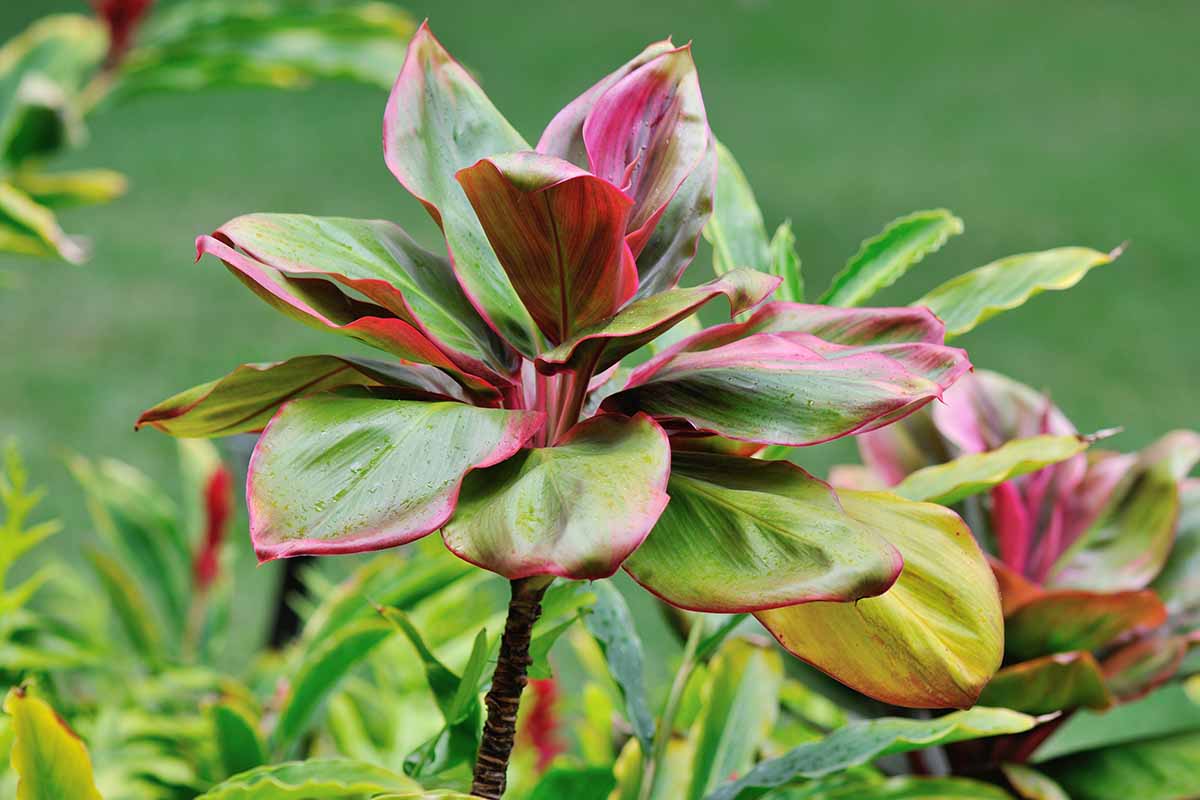
And healthy leaves can make for a delightful addition to floral arrangements, if that sort of thing tickles your fancy.
Quick Reference Growing Guide
| Plant Type: | Broadleaf Evergreen Perennial | Flower/Foliage Color: | Lavender, pale yellow, pink, white / Purple to red, variegated |
| Native to: | North Australia, Southeast Asia, west Oceania | Water Needs: | Moderate |
| Hardiness (USDA Zones): | 10-12 | Maintenance: | Moderate |
| Bloom Time: | Spring to summer | Tolerance | Direct sun, light shade |
| Exposure: | Bright indirect light | Soil Type: | Tropical potting mix or 50:50 mix of peat moss/coconut coir and vermiculite |
| Time to Maturity: | 2-5 years | Soil pH: | 5.5-6.5 |
| Spacing: | 18-24 inches | Soil Drainage: | Well-draining |
| Planting Depth: | Depth of root system (transplants) | Order: | Asparagales |
| Height: | 3-10 feet | Family: | Asparagaceae |
| Spread: | 2-5 feet | Genus: | Cordyline |
| Common Pests and Diseases: | Aphids, scale, spider mites; Fusarium stem and root rot, Phyllosticta leaf spot, Phytophthora leaf spot | Species: | Fruticosa |
For Instant Glee, Go With Some Ti
No, not that musical dramedy television series – I’m talking about pure delight. The kind that you feel when you’ve got a beautiful Hawaiian ti plant livening up the place.

Fun to care for and even more fun to look at, the Hawaiian ti plant definitely deserves some real estate in your home. And after you gain some growing experience, you too will be singing its praises!
Any questions, concerns, or remarks you have about growing C. fruticosa? Head to the comments section and let your fingers do the talking.
Need some more houseplants to keep the tropical theme going? Then you’ll really want to add these to your indoor garden:
